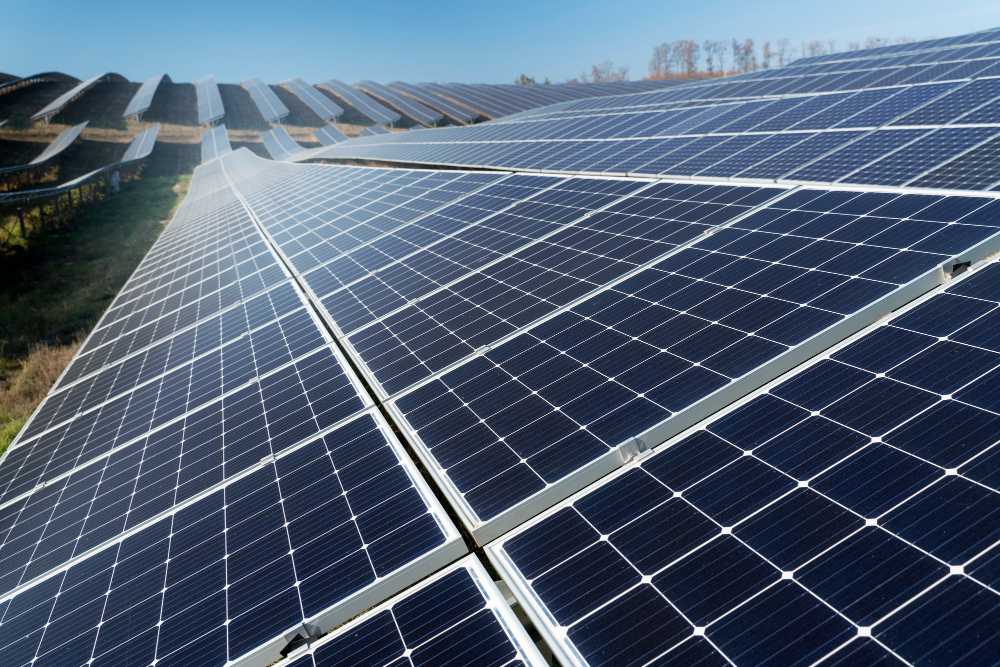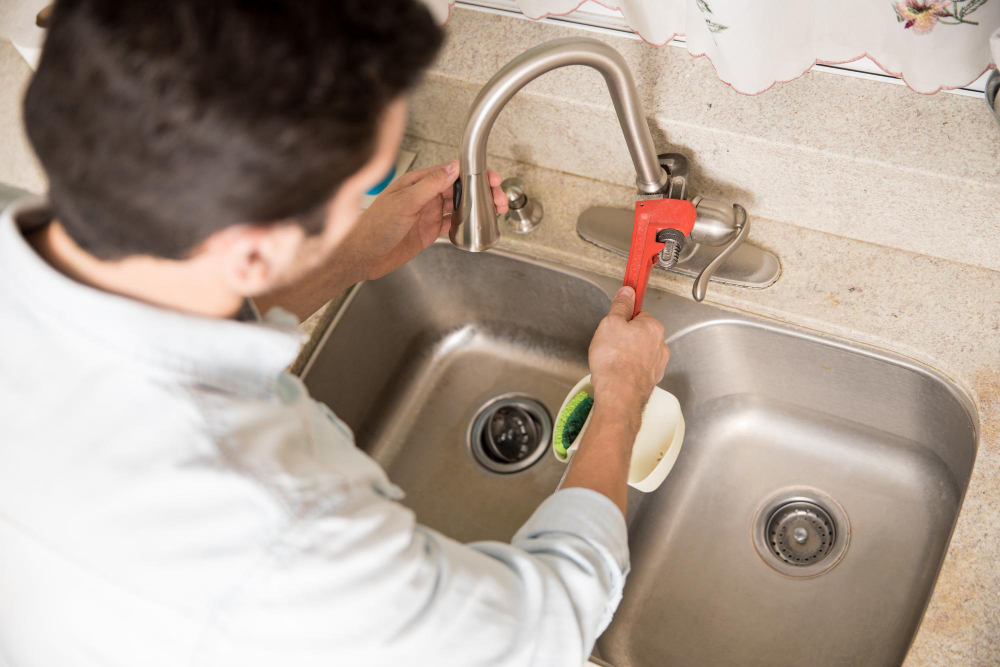Thinking about putting solar panels on your home but not sure where to start? You’re not alone. For many U.S. homeowners, the idea of harnessing the sun’s energy is appealing—but it also brings up a ton of questions. Is it worth it? How much does it cost? What’s the installation process like?
Don’t worry—we’ve got you. This guide breaks down the basics of home solar power so you can decide if it’s the right move for you.
What Are Solar Panels, Anyway?
Let’s start with the basics. Solar panels, also called photovoltaic (PV) panels, convert sunlight into electricity. They’re usually installed on rooftops (though you can also put them in your yard) and they help power your home’s lights, appliances, heating, and cooling systems.
When the sun shines on the panels, they produce direct current (DC) electricity. An inverter then converts that into alternating current (AC) electricity—aka, the kind your home uses. Any extra energy you produce can be stored in a battery or sent back to the grid (more on that later).
Why Go Solar?
So, what’s the big deal about solar? Here are a few solid reasons homeowners are making the switch:
1. Save on Electricity Bills
This is probably the biggest perk. Once your system is up and running, you’ll start generating your own power—and relying less on your utility company. Depending on your system size and location, you could cut your monthly electricity bill significantly, or even eliminate it.
2. Increase Home Value
Studies show that homes with solar systems tend to sell for more. Buyers are attracted to lower utility bills and energy independence.
3. Tax Credits and Incentives
The federal government currently offers a 30% solar tax credit (as of 2025), which can shave thousands off the cost of your system. Many states and utilities also offer rebates and incentives. (Check out dsireusa.org for state-specific info.)
4. Good for the Environment
Solar energy is clean, renewable, and helps reduce your carbon footprint. If you care about sustainability, this is a big win.
How Much Does It Cost?
We’ll be real with you—solar isn’t cheap upfront. A typical home system can cost anywhere from $15,000 to $30,000 before incentives. But remember, the 30% federal tax credit can bring that number down significantly.
Here’s a simple breakdown:
| System Size | Before Incentives | After 30% Tax Credit |
|---|---|---|
| 5 kW | ~$15,000 | ~$10,500 |
| 8 kW | ~$24,000 | ~$16,800 |
| 10 kW | ~$30,000 | ~$21,000 |
The good news? Many solar companies offer financing options or solar leases, so you don’t necessarily have to pay the whole cost upfront.
What’s the Installation Process Like?
Installing solar is simpler than you might think. Here’s a quick look at the typical process:
-
Consultation – A solar company evaluates your roof, electricity usage, and potential savings.
-
Design & Proposal – They design a custom system for your home and give you a detailed quote.
-
Permits & Paperwork – The company handles permits, inspections, and utility approvals.
-
Installation – Usually takes 1–3 days.
-
Inspection & Activation – After a final inspection, your system gets turned on and starts producing power!
Most homeowners are up and running within 1–3 months from the initial consultation.
Do I Need a Battery?
Not necessarily, but it depends on your goals.
-
Without a battery: Your system sends extra power to the grid, and you may get credits through a program called net metering. This helps offset your power use at night or on cloudy days.
-
With a battery: You store extra power at home. This gives you backup energy during power outages and more independence from the grid.
Batteries (like the Tesla Powerwall) are getting more affordable, but they do add several thousand dollars to your total cost.
What Makes a Good Solar Home?
Solar works best when you’ve got:
-
A roof in good condition with little to no shade
-
A south- or west-facing orientation
-
High electricity bills (the more you use, the more you save)
-
Stable homeownership (plan to stay for at least 5–10 years)
If you check most of those boxes, solar is definitely worth exploring.
Common Myths—Busted
Let’s clear up a few misconceptions:
-
“Solar doesn’t work on cloudy days.”
It does! You just generate less power—like 10–25% compared to a sunny day. -
“It’s too expensive.”
It can be, but tax credits, financing, and energy savings often make it very cost-effective long-term. -
“I’ll never break even.”
Most homeowners see a return on investment in 6 to 10 years—after that, it’s mostly free energy.
Final Thoughts: Is Solar Right for You?
If you’re a U.S. homeowner looking to save money, increase your property value, and reduce your environmental impact, solar panels are definitely worth considering. With federal incentives in place and solar technology better than ever, now’s a great time to explore your options.
Next Steps:
-
Get a few quotes from reputable local solar companies.
-
Check your state’s incentives at dsireusa.org.
-
Compare financing options to see what fits your budget.
And remember—you don’t need to become an energy expert overnight. Just take it one step at a time. The sun’s not going anywhere 🌞


